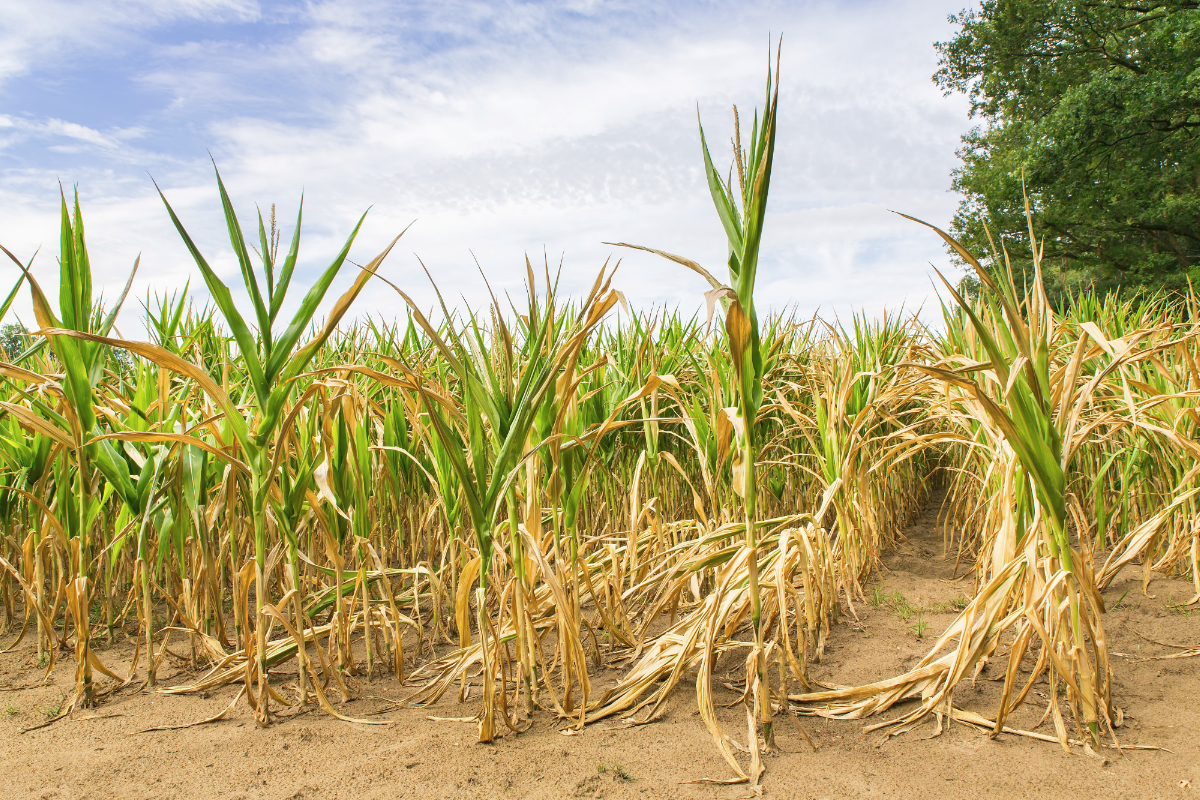
HARARE, ZIMBABWE— Zimbabwe plans to import corn to circumvent crop loss in the previous year and expected continued drought for 2020, according to Bloomberg.
Zimbabwe is currently in the midst of back-to-back droughts, which is causing issues in producing corn.
Bloomberg said Zimbabwe’s corn imports are working to feed about 8 million citizens. The country’s corn consumption is about 2.2 million tonnes per year.
“We are facing a drought unlike any that we have seen in a long time,” said David Beasley, executive director of the World Food Program, during the middle of peak farming season in 2019. “We are talking about people who truly are marching toward starvation if we are not here to help them.”
According to the WFP, a poor harvest in 2014-15, historic drought in 2015-16, and the second-worst cyclone on record in 2019 have taken a toll on Zimbabwe’s ag sector.
“The consequences for the population are dire, chiefly because 80% of Zimbabweans depend almost entirely on rain to feed their crops and livestock,” the WFP said.
According to a December 2019 USAID-funded Famine Early Warning Network System (Fewsnet) report about Southern Africa, the October 2019 to March 2020 season started poorly with widespread rainfall deficits, forecasting models anticipate a below-average rainfall through March, including in surplus-producing Zambia and South Africa.
“This follows the poor 2018-19 season, during which widespread drought resulted in poor agricultural production and deteriorated livestock conditions,” Fewsnet said. “These trends are compounded by flooding and conflict in DRC and very poor macroeconomic conditions in Zimbabwe.”
The Fewsnet report forecasts below average production in Angola, Botswana, Lesotho, Namibia, Zambia and Zimbabwe while South Africa and Mozambique, the region’s largest maize grain producer, are likely to produce average to below-average ag production.
“Since Zambia and South Africa produce more than 70% of regional maize grain, regional maize grain supply for the 2020-21 marketing year is expected to be below 2019-20 and the five-year average,” Fewsnet said. “As a result, maize grain prices across the region in 2020 are anticipated to remain high and exceeding 2019 prices.”


